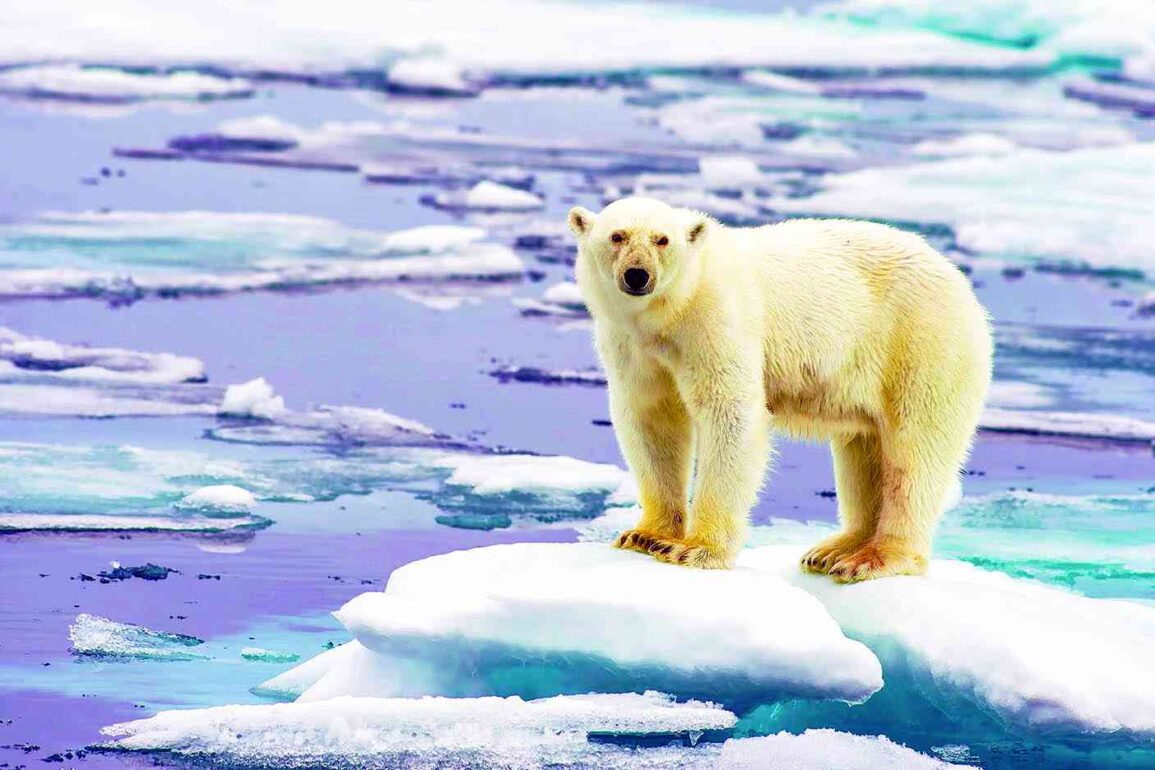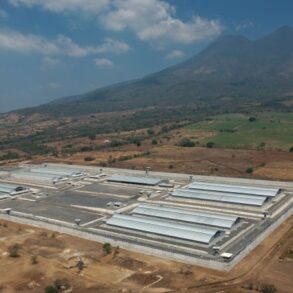
Melting ice and snow … The average global temperature has risen more than the 1,5 degrees Celsius higher than the pre-industrial norm for a whole year.
No sirens are blaring, nobody even looks frightened, but they should be.
Last week the world moved into uncharted territory.
The “aspirational” goal of never allowing the average global temperature to rise more than 1,5 degrees Celsius higher than the pre-industrial norm (+1,5°C) has been breached for a whole year — and probably forever.
“Never” is a long time, so the Intergovernmental Panel for Climate Change (IPCC), when it set that target in 2018, actually said that it should remain achievable until at least 2050.
You may have noticed that the year is only 2024, and we are already there. Something has gone wrong and there is a scramble to cover it up.
This takes two forms.
One was to say that it’s just a temporary effect related to the recent El Niño, a cyclical ocean event that occasionally raises the average global temperature a bit for nine to 12 months, then subsides again.
The trouble with that explanation was that the “anomaly”, as climate scientists were calling the unexpected warming, was twice as big as any El Niño event has ever been.
It also began months before this El Niño got going — and it did not go away when the El Niño died out, in April.
The “anomaly” is still there.
So much for that attempt to explain the “anomaly” away, but there is another.
What if a whole year above +1,5°C doesn’t count as “breaching the limit”? It does not, according to the IPCC’s counting rules.
Those rules say it won’t be reached until the average global temperature has been +1,5°C for the past 20 years — so about 10 years from now, in practice.
Calculating long-term averages for global temperature made sense when the climate was basically stable and just jiggled around a bit from year to year, but those days are long gone.
The trend in average global temperature has been relentlessly upwards for decades now.
To insist on mixing in cooler temperatures from 20 years ago to come up with a number that understates the reality of the present would be self-deception at best.
What would it be at worst?
I wouldn’t use the words “deliberate misrepresentation”, but something complicated and largely invisible happens at the conclusion of each Assessment Report, the scientific document on which the IPCC’s now-annual conferences are based.
The data and conclusions in the hundreds of pages of the reports are valid and unbiased, but the “executive summary” (the only part most journalists will ever read) is a political document negotiated between the scientists and the governments that are paying for the whole IPCC enterprise.
The scientists are already hampered by their own professional reluctance to discuss their private and tentative conclusions in public. Alas, that handicaps them in their protracted arm-wrestle over the executive summary with governments that are deeply concerned about climate change, but always want to avoid large spending commitments right now.
I am relying on private information from some scientists who have been involved in the process, but the governments usually win. (“He who pays the piper calls the tune.”) This may explain the widening gap between what the IPCC says and what we can see with our own eyes: monster wildfires, unprecedented heatwaves, killer landslides and all the rest.
So what is causing all this heat and havoc?
Nobody knows for certain yet why the planet’s average surface temperature has jumped more than two-tenths of a degree C in just one year. However, the prime suspects are feedbacks that have been triggered by our own emissions-related heating and are also adding to the warming.
There are three leading candidates: melting ice and snow are uncovering open water and dark rock that absorb more sunlight.
Cleaning up the emissions from 60 000 giant merchant ships has eliminated the “ship tracks” that used to reflect much incoming sunlight.
The huge forest fires that are devastating the Americas may be a much bigger feedback than we thought.
What can we do about all this? The stock answer is “cut your greenhouse gas emissions”, and we should move as fast as we can on that front, but it is delusional to go on pretending that this is all we can and must do.
After 30 years of trying, our emissions are still growing almost every year (although we may start to make a little progress soon).
We need to hold the heat down while the emissions work proceeds, or the growing chaos, damage and violence will make further progress on any front impossible.
The various ways to do that are called “geo-engineering” or climate engineering, and for a long time it was taboo.
That never made sense, and now the prejudice is fading fast.
Geo-engineering is a big subject, but if you are interested I recently wrote a book about it.
- Dyer is a London-based independent journalist. His new book is titled Intervention Earth: Life-Saving Ideas from the World’s Climate Engineers.
Related Topics
This post was originally published on this site be sure to check out more of their content.







